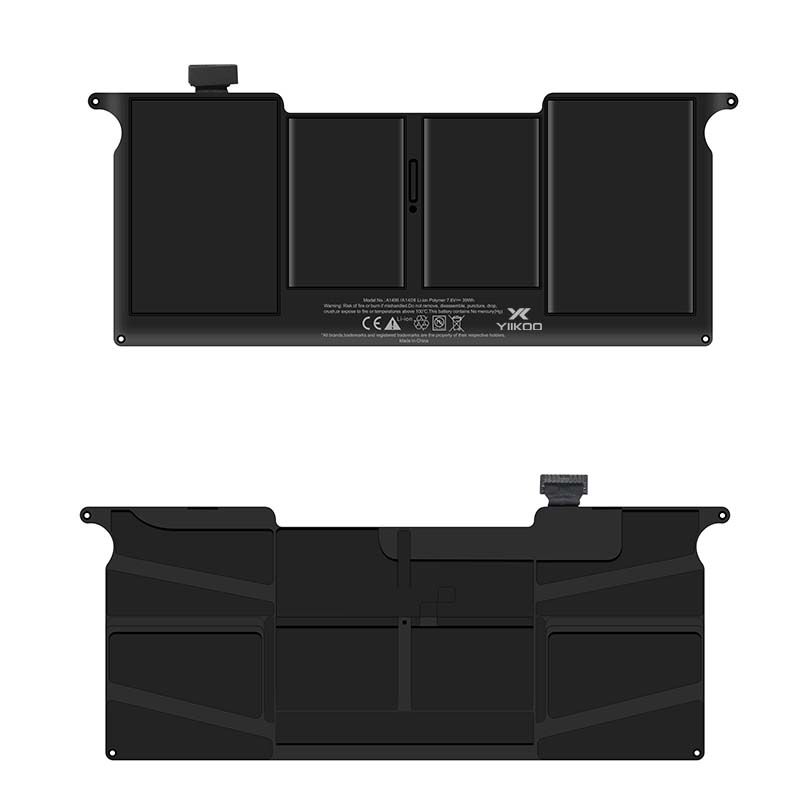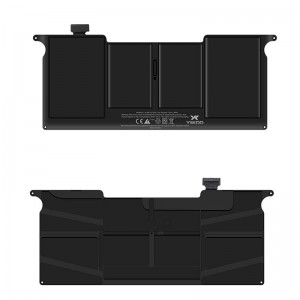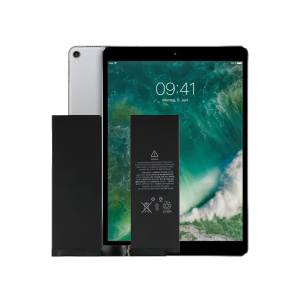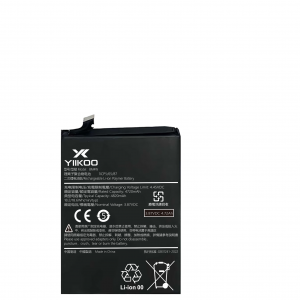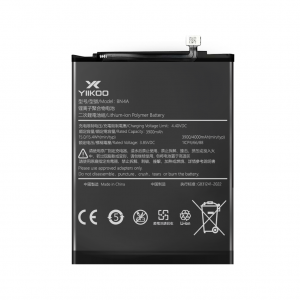Wholesale Rechargeable Battery A1495 Macbook Lithium Ion Battery For A1370 A1465
Detailed Picture
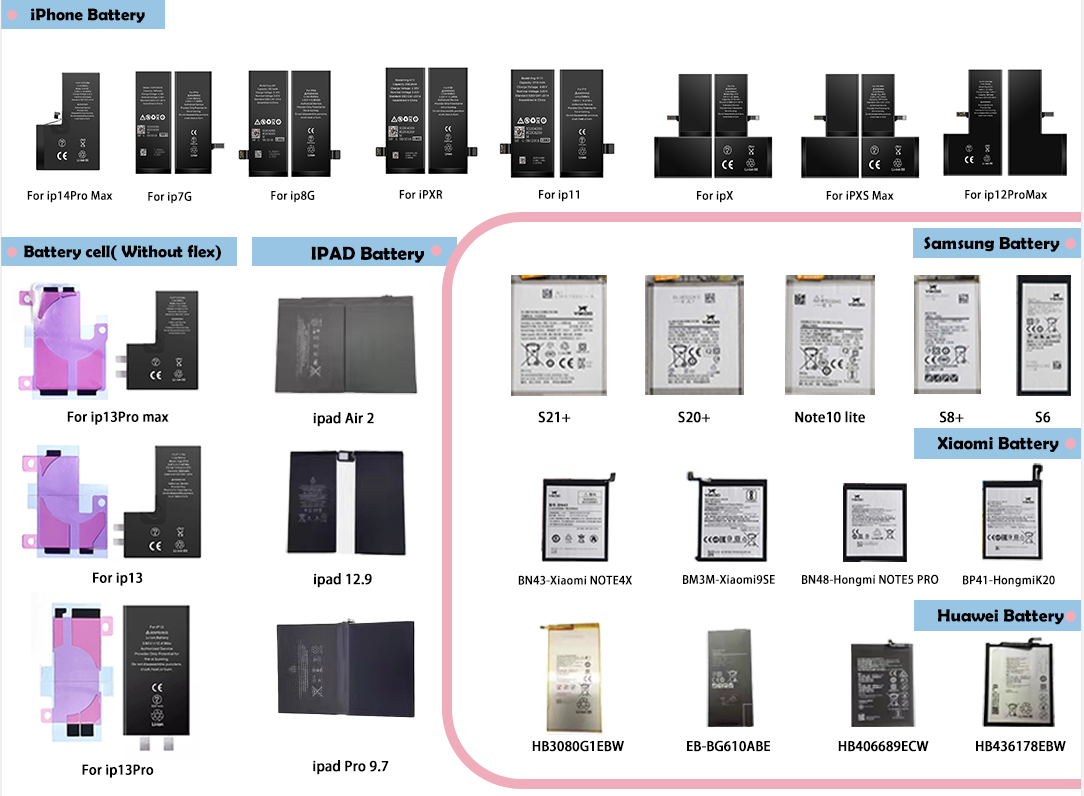


Description
1. Clean Your Laptop: Regularly cleaning your laptop can help improve its performance and reduce the strain on your battery. Dust and debris can cause your laptop's cooling system to work harder, which can drain your battery faster. Use a soft, lint-free cloth to clean the exterior of your laptop, and use compressed air to remove dust from the keyboard and vents.
2. Disable Unused Programs: Programs running in the background can drain your battery, even if you're not actively using them. Disable any programs that you're not using to save power.
3. Use a Power Bank: A power bank is a portable battery that can charge your laptop on-the-go. This can be especially helpful if you're traveling or working in an area without a power outlet. Be sure to choose a power bank that is compatible with your laptop, and check the capacity to ensure it can provide enough power.
4. Keep Your Laptop Updated: Updates can provide improved performance and can also help optimize your laptop's power usage. Be sure to regularly update your laptop's software, including the operating system and any installed programs.
5. Use Efficient Programs: Some programs are more power-hungry than others. For example, video editing software and games can drain your battery quickly. Try to stick to more efficient programs when working on battery power.
6. Choose the Right Power Mode: Many laptops have power-saving modes that adjust the settings for optimal battery life. Be sure to choose the right power mode based on your needs. For example, if you're watching a movie, you may want to choose a mode that optimizes video playback.
7. Adjust screen brightness: Screen brightness is one of the biggest drains on your laptop's battery life. Lowering the brightness can significantly improve battery life. Many laptops have an auto-brightness feature that helps you optimize screen brightness based on ambient light.


